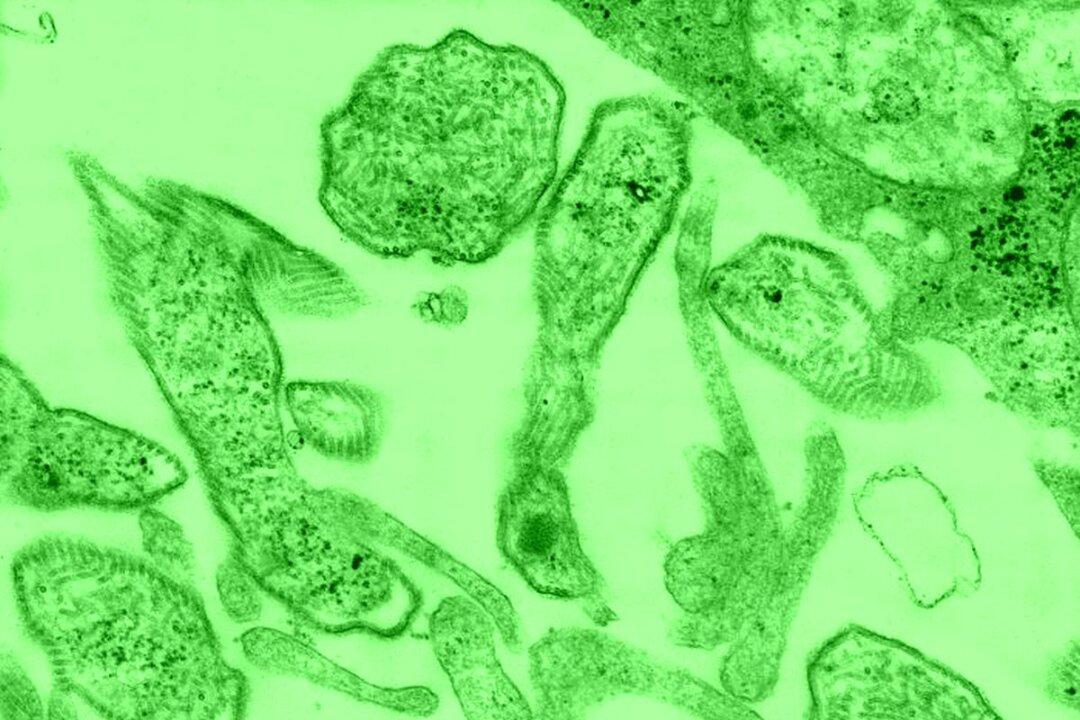Health officials in New Jersey warned Thursday that residents should stay alert after several cases of mumps, a contagious viral illness, were reported in Hunterdon County and was connected to “international travel.”
In a statement, the New Jersey Department of Health confirmed it is “collaborating with local health departments to investigate eight suspected cases of mumps in one family cluster in Hunterdon County related to international travel.”
No additional information was released, according to agency, “due to privacy concerns.”
“With these cases of vaccine-preventable diseases across the state and country, NJDOH is urging individuals, especially parents, guardians, and caregivers, to be aware of the symptoms of these highly contagious viruses,” the agency said. The health department has reported at least one case of measles so far this year.
Later in the statement, the health department called on people to get the measles, mumps, and rubella (MMR) vaccine.
Symptoms of the virus can show up two to three weeks after exposure, while some people have no symptoms or mild ones. Symptoms can be similar to influenza, including fever, muscle aches and pain, not wanting to eat, and tiredness.
A telltale sign of mumps is the swelling of the saliva glands, which can start a few days after the initial symptoms. It can lead to swelling on either side of the face or both sides. Sometimes the swelling occurs below the floor of the mouth.
“Mumps spreads very easily for about five days after the swelling starts. If you think you have mumps, let the clinic know before you go. The clinic staff likely will take steps to prevent the spread of disease,” the clinic’s webiste says.
The New Jersey health department said that “mumps can be dangerous” and that “swollen glands can include swelling of brain, testicles, ovaries, or breast tissue, which ”can cause complications such as brain inflammation (encephalitis), deafness, or infertility later in life.”
As for rubella, symptoms are mild and similar to measles. But it can be dangerous for pregnant women, can cause birth defects as well as miscarriages or death in the baby after birth, according to the agency.
Meanwhile, measles is a highly transmissible virus that spreads through the air when a person breathes, coughs, talks, or sneezes. The virus typically shows up in two stages.
In the first stage, most people develop a fever higher than 101 degrees Fahrenheit, a runny nose, watery red eyes, or cough. These symptoms generally start from seven to 14 days after being exposed.
The second stage of measles starts about two to three days after the initial symptoms. Some people develop what are known as Koplik spots—tiny white spots—inside the mouth, according to the U.S. Centers for Disease Control and Prevention (CDC) website.
Three to five days after the first symptoms begin, the telltale measles rash starts to appear on the patient’s face near the hairline area before it spreads to the rest of the body, spreading downward.
“Small raised bumps may also appear on top of the flat red spots,” and the “spots may become joined together as they spread from the head to the rest of the body,” the CDC’s website says. “When the rash appears, a person’s fever may spike to more than 104 degrees Fahrenheit.”







